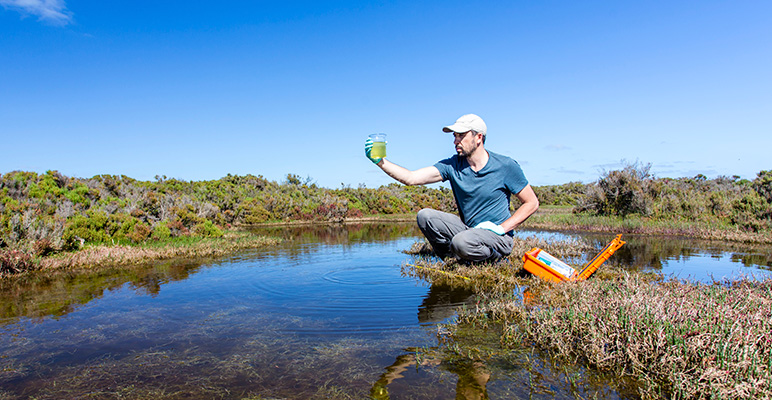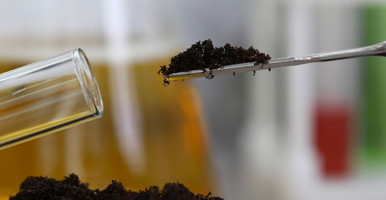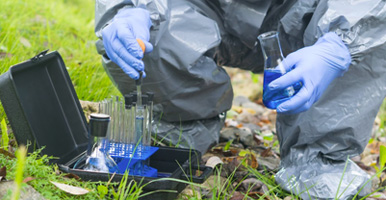EnviroScience Solutions works extensively with the mining and resources sector to minimise the environmental impacts of mining and quarry operations on the surrounding environment and ensure the health of on-site personnel, and the wider public, is protected.
Specialising in the identification, monitoring and management of contaminants and hazardous materials, we perform dust level monitoring during operational periods to reduce the incidence of dust, without hindering productivity. We also carry it out at property boundaries to ensure surrounding properties and residents are protected and not adversely affected.








